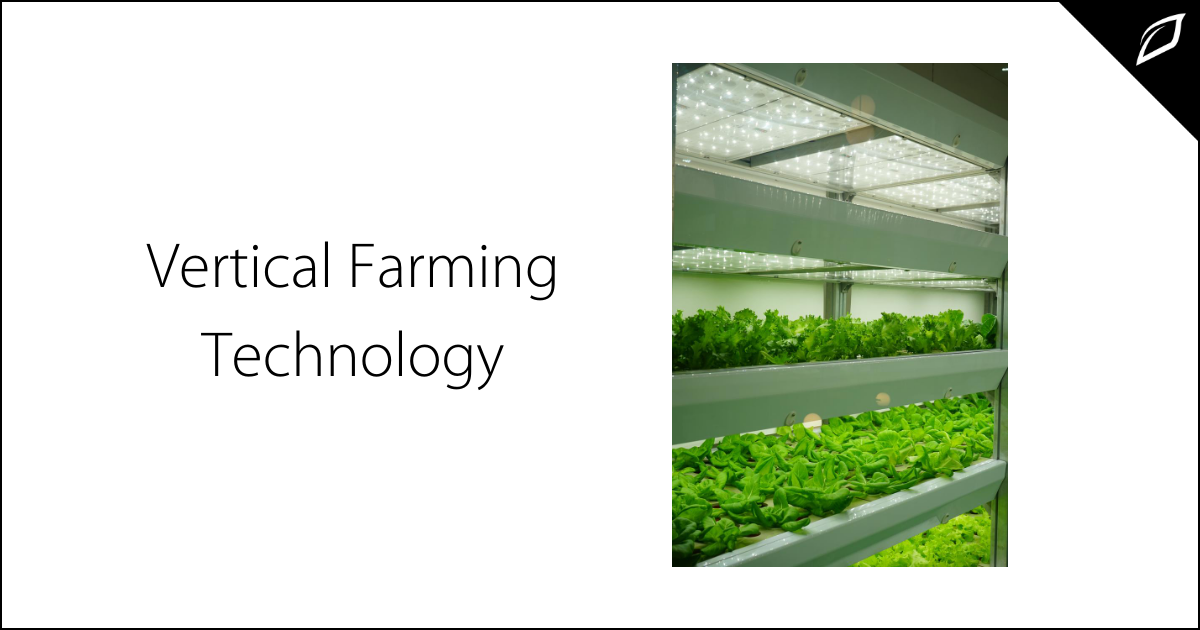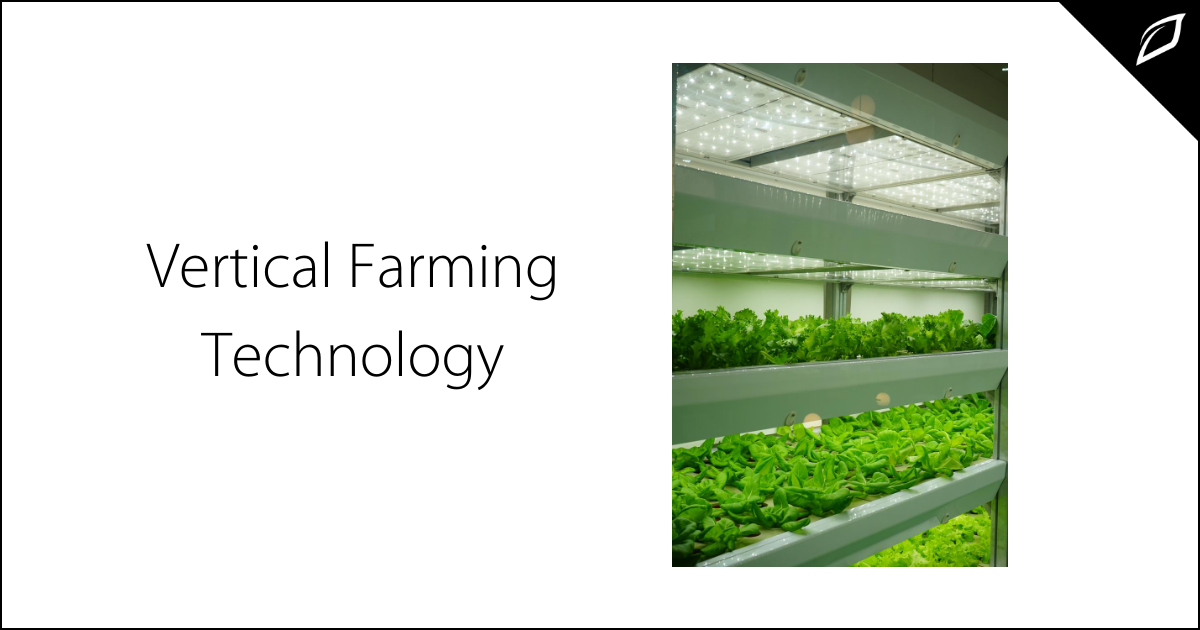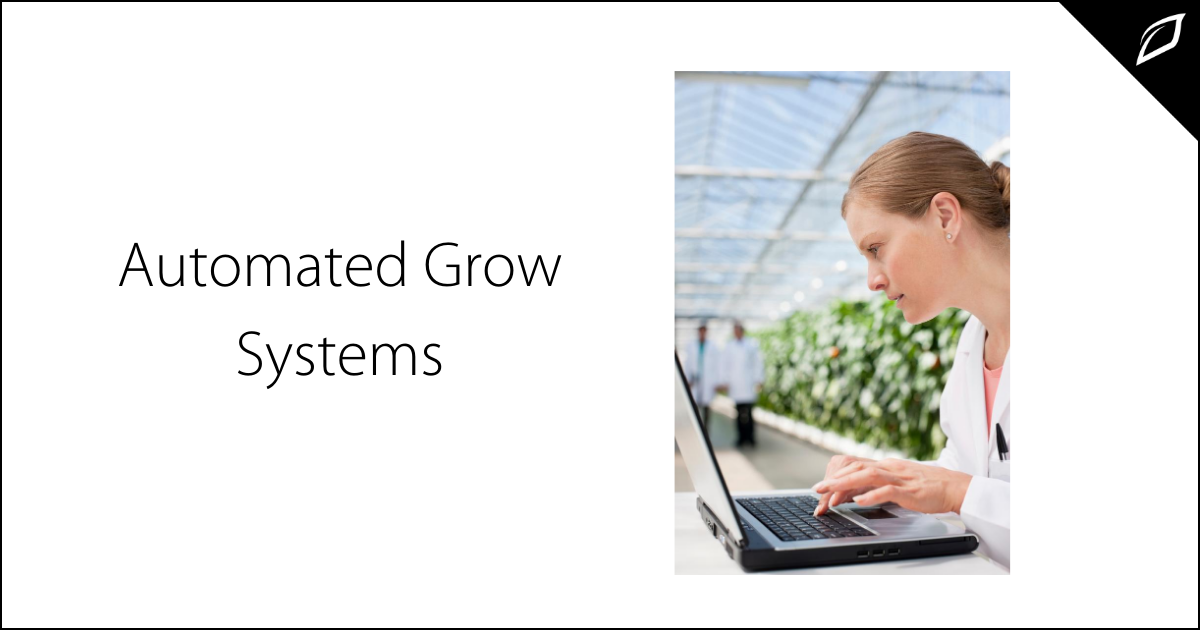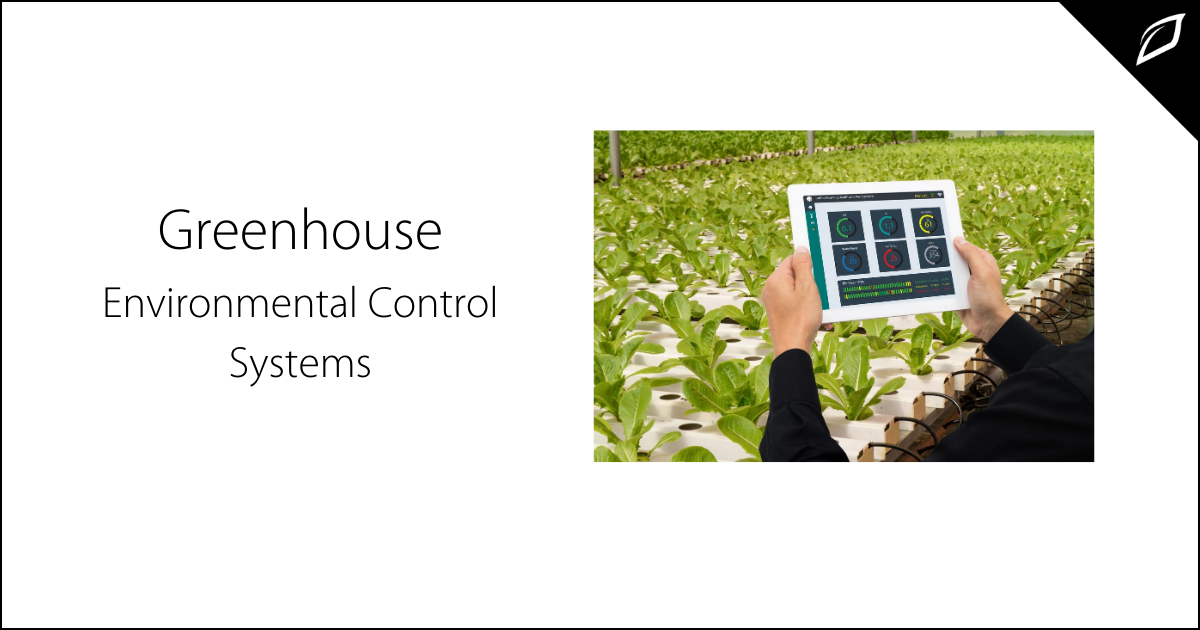A Brief History of Hydroponics
Past, Present and Future Hydroponics has enjoyed a resurgence lately. Popularized in the 1940s, and solidified in growing culture by the 2000s,...
1 min read
Joy King : Sep 8, 2020 11:35:33 AM

What is vertical farming?
According to Wikipedia, vertical farming is "the practice of growing crops in vertically stacked layers. It often incorporates controlled-environment agriculture, which aims to optimize plant growth, and soilless farming techniques such as hydroponics, aquaponics, and aeroponics."
By moving the growing of crops indoors, it allows for year-round growing and harvesting, increasing profits. Growing indoors has many challenges, but most are quickly resolved with technology.
What is vertical farming technology?
For any industry to grow, there must be innovations in every aspect of the supply chain. Growing plants is no different. Agricultural technology is a relatively new tool for farmers to automate labor-intensive tasks, monitor environmental conditions, and connect to data more efficiently.
Technology touches every aspect of food production, including the growing phase. Agricultural technology or Agtech allows the vertical smart farm to monitor every environmental condition imaginable. But monitoring is just the first step. To get the most out of vertical farming technology, you need to connect equipment with an operating system that automates processes and provides invaluable insights into the data. Actionable insights provide more straightforward ways to predict yields accurately. Let's breakdown the areas of technology available to vertical farmers.
Monitor: Collecting data starts by monitoring the most critical aspects of your controlled environment grow using various sensors placed throughout the grow operation. Temperature, moisture levels, humidity, EC, light, and C02 levels are the essential things to monitor. Connect these sensors to unlock the potential of your equipment.
Control: Industrial IoT controllers deliver the ultimate smart farm experience featuring robust processing power to coordinate hundreds of smart devices throughout your farm. Smart motor controllers allow you to program rules with sensor triggers, timers, and schedules, open vents, turn off lights all from your smartphone.
Analyze: Connecting these devices and using a top of the line operating system will give you clarity over your farm data. It provides meaningful insights with dozens of data visualizations. Most provide Excel integration for sharing data with your team.
Predict: Finally, innovative companies provide a platform with artificial intelligence capabilities and machine learning to predict the size of your harvest precisely.
Final Thoughts
These systems work in harmony together and allow you to automate the majority of previously labor-intensive tasks. From watering to fertilizer, heating/cooling to opening shades, or vents, if connected, you can gain incredible knowledge about how your grow room is doing.

.png)
Past, Present and Future Hydroponics has enjoyed a resurgence lately. Popularized in the 1940s, and solidified in growing culture by the 2000s,...

Increase yields and save valuable resources Automated grow systems have been used for many years to keep labor costs down. Whether it's lighting,...

What are environmental control systems? As any expert will tell you, a growing environment is more than just the air temperature. It's a potent...